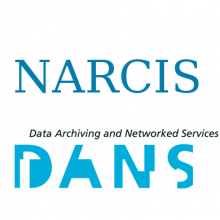Resource information
Sustainable development is a widely accepted strategic framework for decisionmaking about the future use of land, but it is not very well adopted in landscape research and planning. Sustainable landscape development aims to ensure the longterm potential of the landscape to sustain ecological, cultural and economic functions. It also entails that local actors take part in planning and design of landscapes. Ecological sustainability, one of the three pillars of sustainable development, is achieved if (regionally chosen) ecological functions are sustained by the landscape structure. I introduce a conceptual model of the landscape based on the principles of sustainable landscape development; it includes the ecophysical landscape, the sociological landscape, the economic landscape and the decision-making landscape. Integrative landscape research should aim to identify and quantify the interrelations between these landscape constructs. As a conceptual tool to facilitate research, decision-making and communication, I propose the concept of the ecosystem network. This is a functional network of ecosystem patches, interacting by the exchange of seeds or individuals of plant and animal species, and connected to the surrounding landscape matrix by abiotic fluxes. I hypothesize that the ecosystem network may also be the template of recreation and water management functions. A key feature of the network is that it can sustain similar ecological functioning (e.g. in terms of persistent populations of species) at different spatial configurations. This principle allows flexibility in design and facilitates decision-making in a multifunctional landscape context. As the most important research questions are proposed: identifying the spatial scale of the network in relation to its function, quantifying the potential to deliver goods and services, and methods to facilitate the balancing of competing interests on the short term and long term. Keywords: sustainable landscape; local stakeholder involvement; decision-making; combining land-use functions; landscape change.


